Summary Only
For full ordinance text, please find pdf below or visit county website.
Date Passed/Amended: October 22, 2019
Summary Written: August 26, 2022
Agricultural Use Table:
Eligible Zoning:
Wind Energy System, commercial
· Agriculture District (A-1)
· Agriculture – Transitional District (A-2)
Prohibition Language:
Required Information/Permits Required:
a) Commercial Wind Energy System (CWECS)
a. Conditional Use Permit
b. The applicant shall provide:
i. The names of the applicant and project owner.
ii. The legal description and address of the project.
iii. A description of the project that includes: Number, type, name plate generating capacity, tower height, rotor diameter, and total height of all wind turbines and means of interconnecting with the feeder lines.
iv. Site layout
v. An engineer’s certification.
vi. Documents proving ownership or legal control of the property.
vii. Latitude and longitude coordinates of individual turbines.
viii. A topographical map of the project and surrounding area.
ix. Location of known communication towers within two (2) miles of the project.
x. A decommissioning plan.
xi. Description of potential impacts on adjacent properties not owned by the applicant.
xii. FAA permit.
xii.
Request for Variance:
Site and Structure Requirements:
a) Compliance with all local, state, and federal regulations:
a. Commercial Wind Energy System (CWECS)
i. All Systems must follow all state regulations according to Nebraska State Statutes and complete Conditional Use Permit Application for Howard County.
ii. Applicable weight and size permits for the impacted roads used during construction, operation, or maintenance of the project.
iii. A FAA permit.
b) Concentrating Solar Power Facilities:
c) Fencing/Security:
d) Glare minimization:
a. Commercial Wind Energy System (CWECS)
i. Finishes shall be matte or non-reflective.
e) Height:
a. Commercial Wind Energy System (CWECS)
i. Clearance of rotor blades or airfoils must maintain a minimum of twelve (12) feet of clearance between their lowest point and the ground.
f) Lighting:
a. Commercial Wind Energy System (CWECS)
i. Lighting, including lighting intensity and frequency of strobe, shall adhere to but not exceed requirements established by the FAA permits and regulations. Red strobe lights shall be used during nighttime. Red pulsating incandescent lights should be avoided.
ii. Consideration shall be given to painted aviation warnings on all towers less than two hundred (200) feet.
g) Minimum Lot Size:
h) Noise:
a. Commercial Wind Energy System (CWECS)
i. No CWECS shall exceed fifty (50) dBA at the nearest structure occupied by people except during periods of severe weather as defined by the US Weather Service.
i) Outside storage:
j) Setbacks and Lot Coverage:
a. Commercial Wind Energy System (CWECS)
i. Property Line Setbacks: Diameter plus applicable building setbacks.
ii. Right Angle Corner Property Line Setbacks: Behind a line on the property lines drawn between two points one thousand and fifty (1,050) feet from the property line. intersection. Generator blades must not exceed the building setback lines on the non-road side, and shall not encroach on the right-of-way on the road side.
iii. Neighboring Dwelling Setbacks: One thousand (1,000) feet.
iv. Road Rights of Way Setbacks: Generator blades shall not encroach on the right-of-way.
v. Other Right-of-Way: Generator blades shall not encroach on the right-of-way.
vi. Public Conservation Lands: Diameter plus applicable building setback
vii. Wetlands, USFW, Types III, IV, and V Setbacks: Six hundred (600) feet.
viii. Other Non-Affiliated Structures Setbacks: Diameter
ix. River Bluff Over Fifteen Feet Setbacks: Diameter
k) Screening:
l) Signage:
a. Commercial Wind Energy System (CWECS)
i. A CWECS shall have a sign or signs posted on the tower, transformer and substation, warning of high voltage. Other signs shall be posted on the turbine with emergency contact information.
ii. All other signage shall comply with the sign regulations found in these regulations.
m) Site Access/Emergency Response:
n) Utility Connections:
a. Commercial Wind Energy System (CWECS)
i. All communications and feeder lines shall be buried, where feasible. Feeder lines installed as part of a CWECS shall not be considered an essential service.
o) Waste:
a. Commercial Wind Energy System (CWECS)
i. Solid and Hazardous wastes shall be disposed of in accordance with all applicable local, state and federal rules and regulations.
Operation and Maintenance Plan:
a) Monitoring and Maintenance:
a. Commercial Wind Energy System (CWECS)
i. The applicant shall be responsible for restoring all roads and bridges to preconstruction conditions.
b) Soil and Erosion and Sediment Control:
a. Commercial Wind Energy System (CWECS)
i. The applicant shall be responsible for immediate repair of damage to public drainage systems stemming from construction, operation or maintenance of the CWECS.
Decommissioning and Site Reclamation:
a) Commercial Wind Energy System (CWECS)
a. A CWECS shall be considered a discontinued use after one (1) year without energy production, unless a plan is developed and submitted to the Zoning Administrator outlining the steps and schedule for returning the CWECS to service.
b. All CWECS and accessory facilities shall be removed to four (4) feet below ground level within one hundred and eighty (180) days of the discontinuation of use. This period may be extended by the Zoning Administrator following a written request by the owner or their agents.
c. The anticipated means and cost of removing CWECS shall be made by a competent party. The plan shall also identify the financial resources that will be available to pay for decommissioning and removal of the CWECS and accessory facilities.

